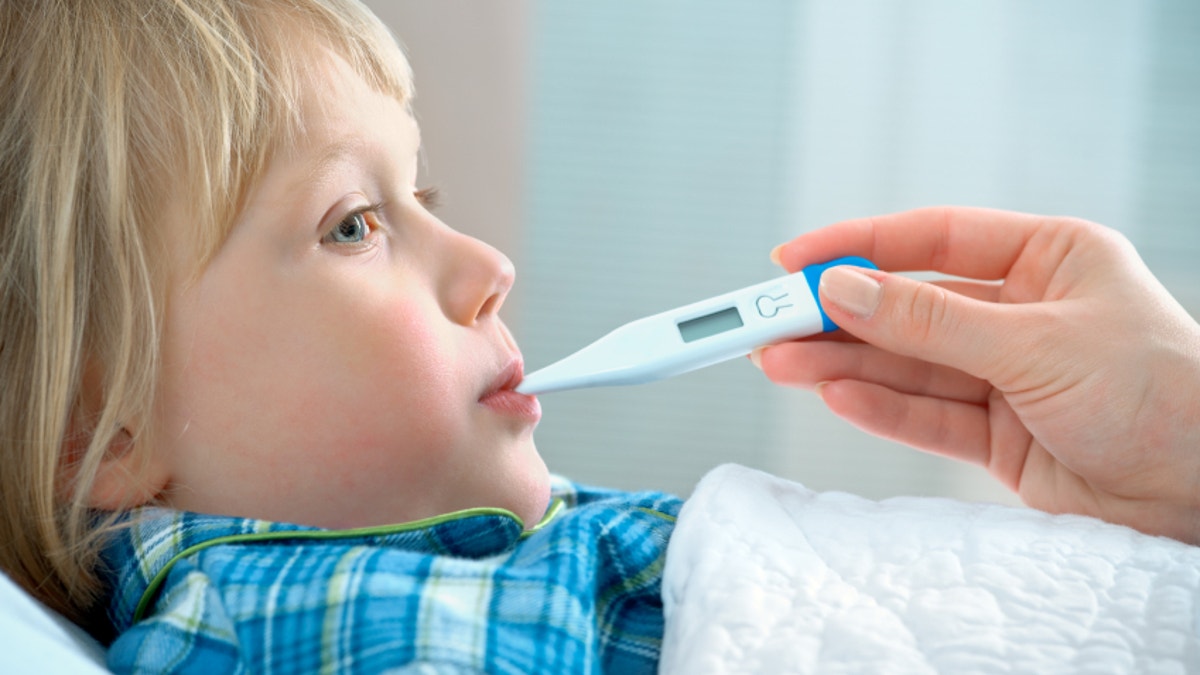
A team at Boston Children’s Hospital is trying to create a new way of diagnosing fevers while questioning one of the most basic medical tenets. Normal human body temperature may not be 98.6 degrees Fahrenheit, they say, and a fever may not be 100.4 degrees or higher.
An individual’s temperature varies during the day, and people may have slightly different temperatures depending on age, gender and possibly race. The medical team is hoping to use a crowdsourcing app to get better data.
Baseline temperature norms and what constitutes a fever are based on a large study by the German researcher Carl Wunderlich in 1868. But the accuracy of his results have been questioned by modern medicine and subsequent studies have found different average body temperatures.
Jonathan Hausmann, a rheumatologist at Boston Children’s Hospital, says making medical decisions based on Wunderlich’s data is problematic.
“There are some instances where doctors make black-and-white decisions based purely on the number on the thermometer,” said Dr. Hausmann. “Infants less than three months of age—if they have a fever, it’s a big deal. They get admitted to the hospital. If it’s 100.3 they don’t. So we’re making judgments on normal and abnormal temperatures based on information that may be inaccurate. This may lead us to overtreat some patients that don’t need to be treated and to withhold treatment from patients that should be treated.”
Philip Mackowiak, a history of medicine scholar-in-residence at the University of Maryland School of Medicine did a study published in 1992 in JAMA which analyzed the temperatures of 148 individuals to check the relevance of Wunderlich’s data.
He and co-researchers found that the mean oral temperature was 98.2 degrees F and the upper limit of the normal temperature range was 99.9 degrees, rather than 100.4. Temperatures varied about 0.9 degrees F over the course of a day, lowest at 6 a.m. and peaking at 6 p.m.
